Laos has always intrigued me, but nothing prepared me for the breathtaking beauty of its woven textiles. The moment I stepped into a local village, I was transported into a world where the loom ruled supreme. The colors, the patterns, and the meticulous craftsmanship were mesmerizing. The Laos woven cloth tradition isn’t just an art form—it’s an entire lifestyle, a heritage of opulence wrapped in simplicity, and believe me, it’s worth every silk thread.
Let me tell you, there’s something immensely luxurious about seeing these fabrics being made by hand. We’re not talking about just any cloth, but intricate, hand-woven pieces made from silk and cotton, each piece telling a story. In a world where fast fashion is churning out uninspiring fabrics, the Laotians are keeping a deeply rooted tradition alive. The skill of weaving using a loom has been passed down for generations, and I can’t help but feel a touch of envy for their patience and precision. It makes my own wardrobe feel a little less luxurious, to be honest.
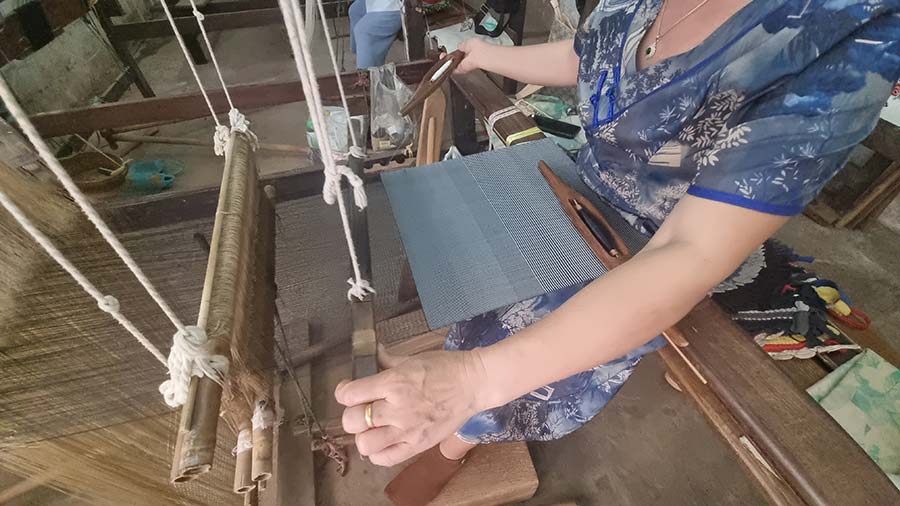
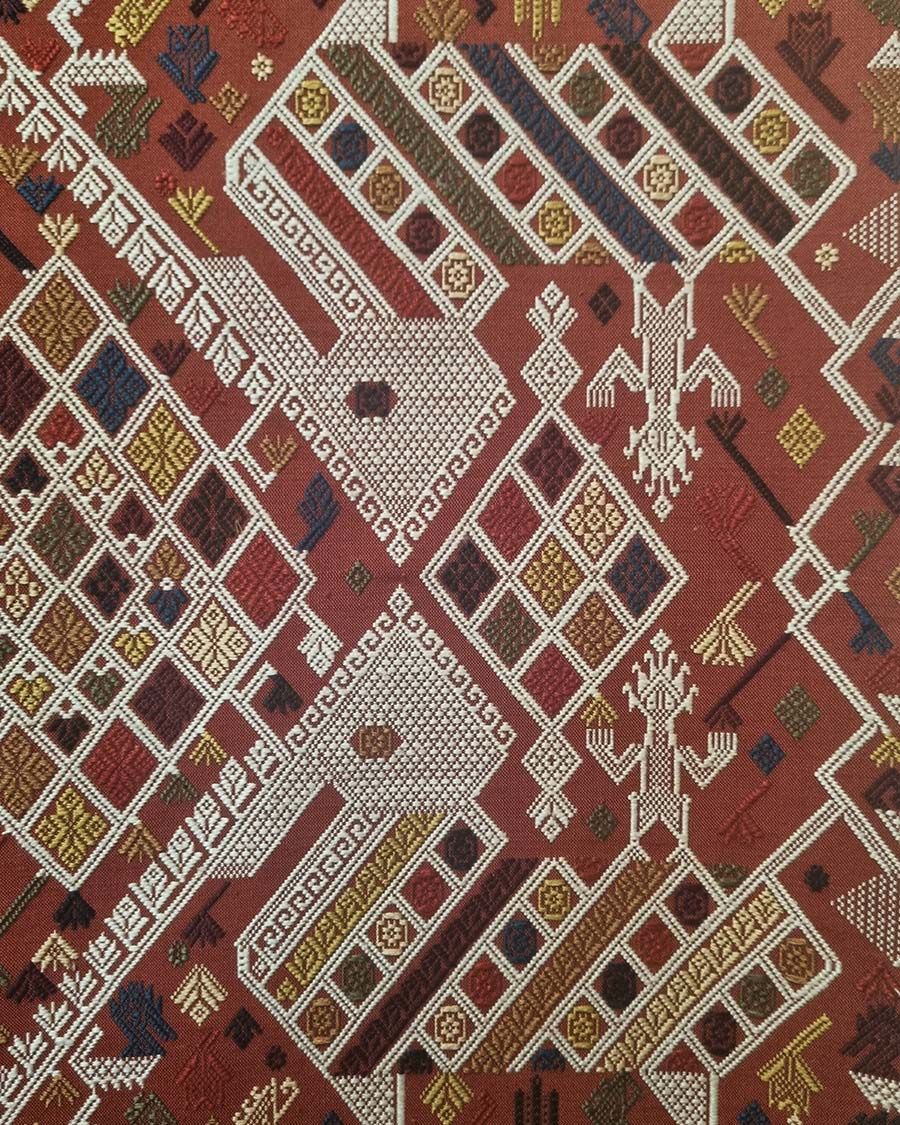
Lao Traditional Skirt
The Lao traditional skirt, the sinh, is one of the most iconic pieces in this legacy. It’s a wrap-around skirt, but not like any you’ve seen before. The sinh isn’t just something to wear—it’s a piece of cultural heritage. It’s made from silk, cotton, or a blend of both, with patterns that reflect the very soul of Laos. And let me just say, as someone who adores fashion, there’s nothing quite like the feeling of silk brushing against your legs in the tropical heat. I could easily imagine myself lounging in a stunning Lao skirt, cocktail in hand, feeling like royalty.
Lao women are expected to wear the sinh, and for a good reason. It’s not just a skirt; it’s a declaration of who they are, their age, their marital status, and even their ethnic background. Each sinh is woven with such specific detail that it’s practically a walking biography. When you wear one, you’re not just dressed—you’re adorned with history. Forget your plain old pencil skirts. These skirts have layers of meaning, quite literally. The sinh is made of three parts: the head (Houa Sinh), the body (Phune Sinh), and the feet (Tin Sinh). Even in these designations, there’s something beautifully symbolic—a reminder that the Lao people have woven the fabric of life into every aspect of their clothing.
What strikes me the most is how young Lao girls begin their weaving journey by creating the waist section of the sinh. Can you imagine starting your fashion career with such a delicate, meaningful task? It’s an honor in Laos to be a skilled weaver, and it shows. Unlike the factory-made fast fashion that floods our markets, these weaves were never meant for commercial consumption. They were personal, intimate. Each piece was crafted for personal use, woven with love and intention. It’s fashion with a soul.
Weaving Skills
But it’s not just about skirts. Oh no, the Laotians use their weaving skills in nearly every aspect of daily life. We’re talking about wall hangings, pillows, bed covers, headcloths, funeral cloths—the works. Every piece is designed with intricate patterns that tell stories of myths, religious beliefs, and local folklore. These weaves are more than just decorations; they are cultural relics.
When young women in Laos prepare for marriage, they weave their dowries themselves. Imagine that! In a time when we can just order home furnishings online with a single click, these women are pouring their skills into every thread. Blankets, pillows, mattresses, door curtains—everything is hand-woven, and it all goes with them to their new homes. Talk about a statement of love and craftsmanship! I don’t know about you, but I can’t imagine how much more precious my bedsheets would feel if I had woven them myself. The dowry is not just a collection of home essentials; it’s a portfolio of the weaver’s skills, her love, and her heritage.
These textiles don’t just stop at looking good either. They’re imbued with deep spiritual significance. The designs often reflect religious beliefs, with each pattern carrying a symbolic weight. In a world where we barely look twice at a printed scarf or a mass-produced pillow, the Laotians are creating items that are spiritually charged. It makes one rethink the frivolity of modern fashion. Why buy something just because it’s in season when you could own a piece of art that speaks volumes about the person who made it?
Watch The Weavers At Work
It’s fascinating to watch the weavers at work. Their hands move in perfect rhythm, almost like they’re dancing with the loom. The threads seem to come alive under their touch, forming intricate designs that feel more like magic than craft. When I visited a local loom house, I could barely tear myself away. The weavers made it look effortless, but I knew that each piece took hours, days, sometimes weeks to complete. That’s what makes it all the more luxurious. Patience is the ultimate form of indulgence, after all.
I walked away from that experience with more than just admiration for the craft. I felt connected to the rich history of Laos in a way that no amount of retail therapy could ever provide. The weaves of Laos are more than just fabrics—they are life stories, woven with patience, love, and history. It’s the kind of luxury that money can’t buy, though, if you’re like me, you’ll certainly try.
So, what’s the future for this magnificent tradition? With the rise of fast fashion, the art of Laotian weaving faces challenges. The younger generation is tempted by the convenience of factory-made goods. But there’s hope. More and more people, especially those of us who cherish slow fashion and sustainable luxury, are starting to take notice of the art of hand-woven textiles. With a little bit of global recognition and a dash of modernity, I believe the Laos woven cloth industry could see a resurgence.
In my opulent world, I treasure things that are made with care, with intention, and with a story. Laos’ woven textiles embody all of these qualities. They are a testament to the richness of a culture that weaves its history into every piece. For me, it’s not just about fashion—it’s about living a life steeped in meaning, and I’ll happily drape myself in that any day of the week.

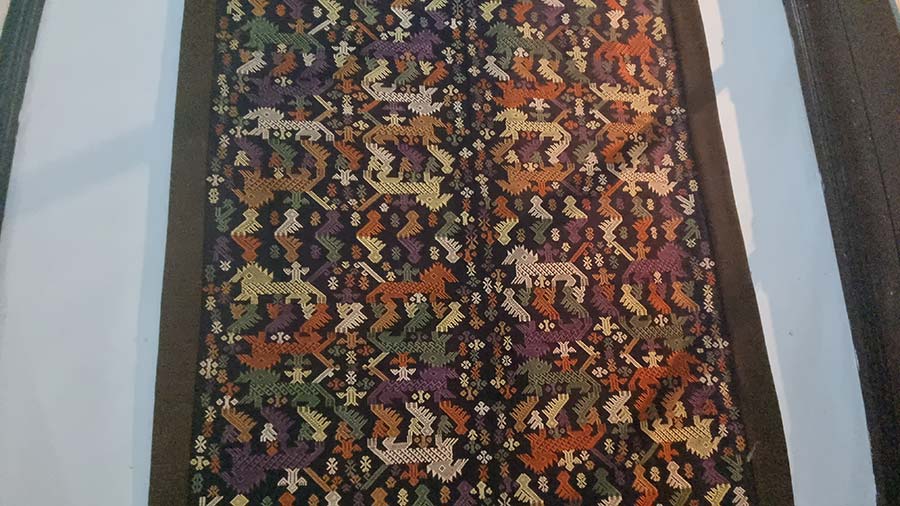
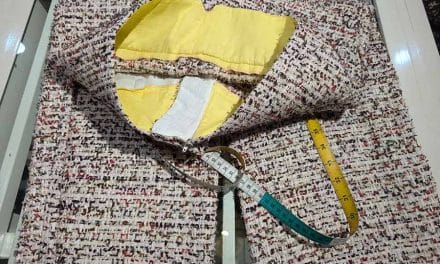









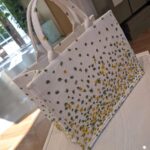



You must be logged in to post a comment.